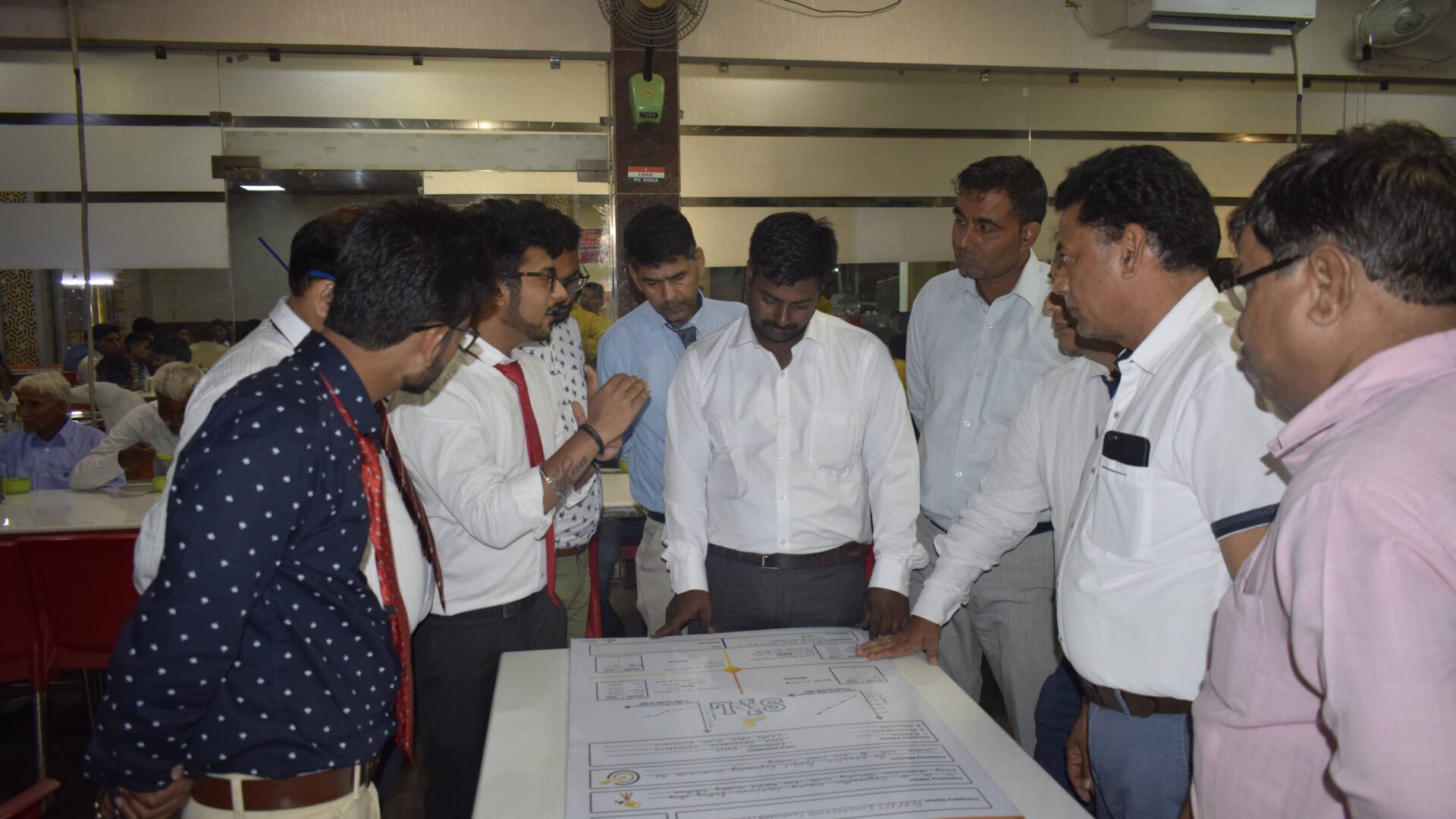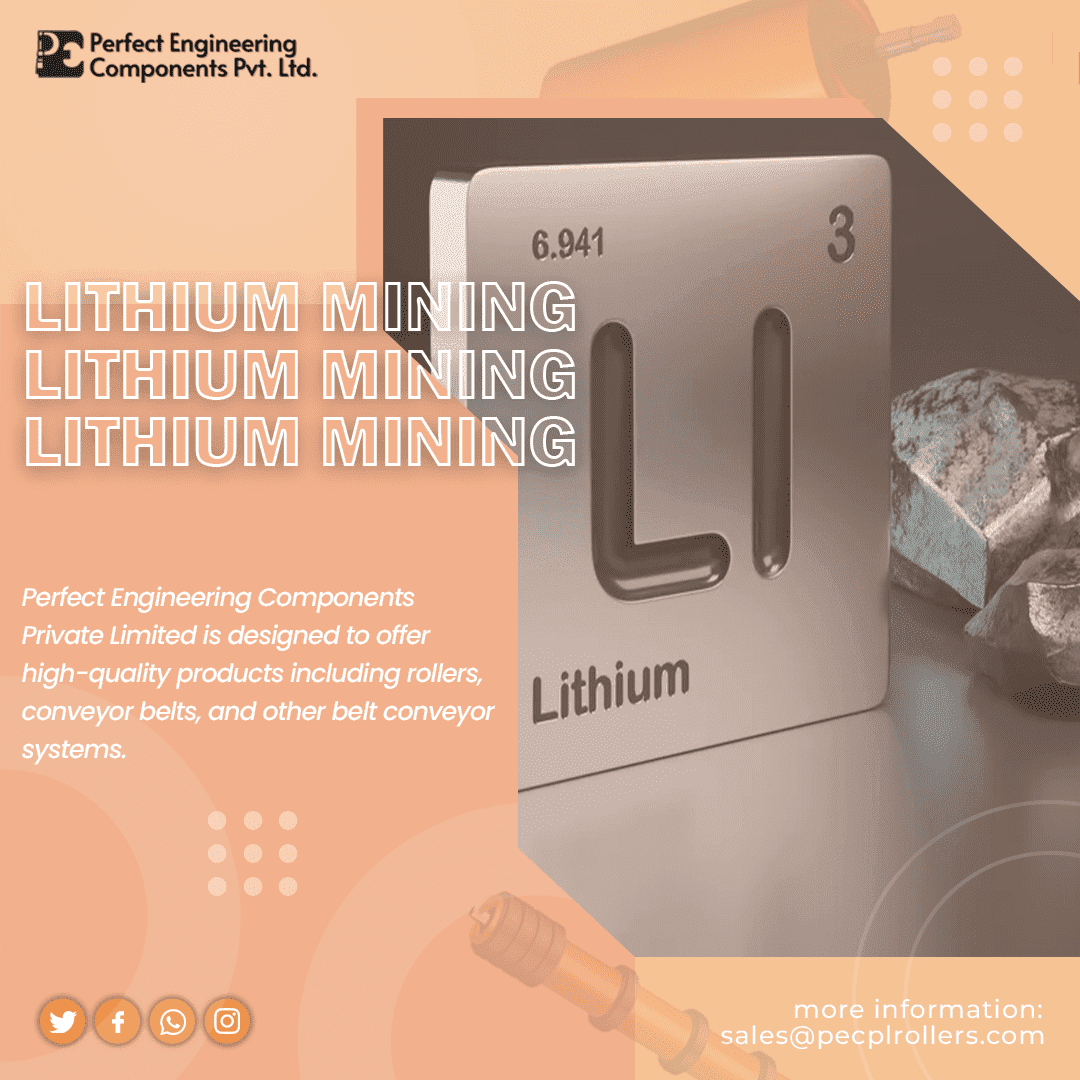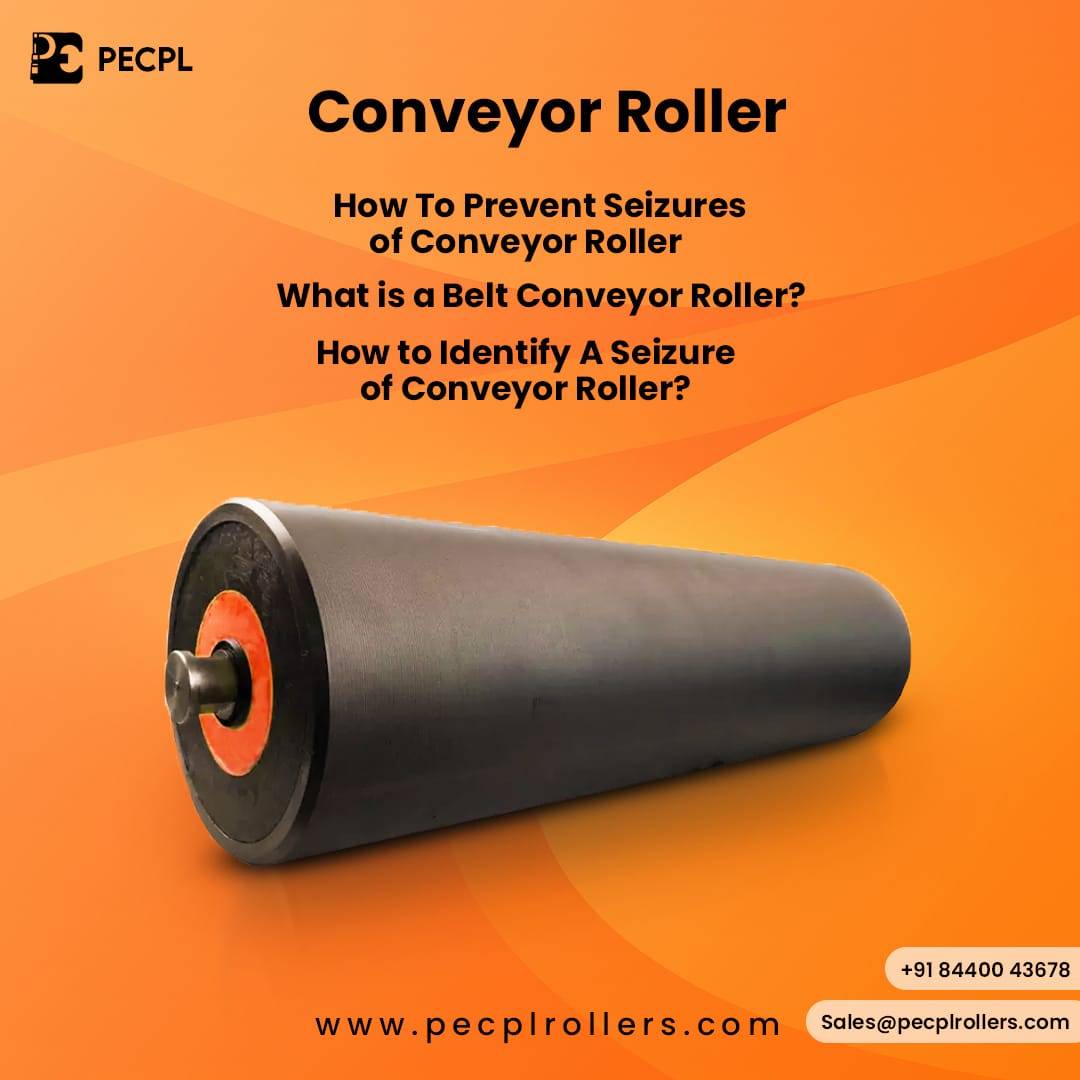In the world of mechanical engineering, pulleys play an essential role in transmitting power and motion. However, determining the right pulley dimensions can be quite complex. That’s why we have created this ultimate guide to help you navigate through the intricacies of pulley dimensions.
Whether you are a beginner or an experienced professional, this comprehensive guide will provide you with everything you need to know about pulley dimensions. We will explain the key terms and concepts related to pulley sizing and help you understand the different factors that can influence the choice of pulley dimensions for your specific application.
From calculating the pitch diameter and determining the number of teeth to understanding the effects of different pulley ratios, we will cover it all. Additionally, we will explore the importance of belt size and tension in achieving optimal pulley performance.
By the end of this guide, you will have the knowledge and confidence to select the right pulley dimensions for your mechanical systems. Let’s dive in and unlock the secrets of pulley sizing together!
How Belt Roller Conveyors Work
Belt roller conveyors, also known as roller bed conveyors, are a type of material handling equipment commonly used in manufacturing and distribution facilities. They consist of a series of pulleys, or rollers, that rotate to move products along a conveyor belt.
The basic principle behind belt roller conveyors is simple. As the rollers rotate, they create a frictional force that moves the belt, allowing it to transport items from one location to another. This mechanism eliminates the need for manual labor in moving heavy or bulky objects, making it an efficient solution for streamlining workflow and increasing productivity in various industries.
The design of belt roller conveyors allows for versatility in transporting a wide range of products, from small packages to large and heavy items. The size and spacing of the rollers can be customized to accommodate different load capacities and conveyor lengths, making them suitable for a wide range of applications.
Overall, belt roller conveyors offer a reliable and efficient method for moving products within a manufacturing facility. Their simplicity, adaptability, and ability to handle heavy loads make them a preferred choice for many businesses looking to optimize their production processes.
Advantages of Using Belt Roller Conveyors in Manufacturing
The use of belt roller conveyors in manufacturing offers several advantages that contribute to improved efficiency and productivity. Let’s explore some of the key benefits:
- Increased Throughput: Belt roller conveyors enable the continuous movement of products, allowing for a higher throughput compared to manual handling. This means that more items can be processed and transported in a shorter amount of time, leading to increased production rates.
- Reduced Labor Costs: By automating the transportation of products, belt roller conveyors eliminate the need for manual labor, reducing labor costs and minimizing the risk of injuries associated with heavy lifting. This allows businesses to allocate their workforce to more value-added tasks.
- Improved Safety: Manual handling of heavy objects can pose safety risks for employees. Belt roller conveyors provide a safer alternative by minimizing the need for manual lifting and reducing the risk of accidents and injuries in the workplace.
- Flexibility and Customization: Belt roller conveyors can be designed to fit the specific needs of a manufacturing facility. The length, width, and height of the conveyor can be customized to accommodate different space constraints, and the speed and direction of the belt can be adjusted to match the workflow requirements.
- Streamlined Workflow: By automating the movement of products, belt roller conveyors help streamline the workflow in manufacturing facilities. They ensure a consistent and efficient flow of materials, minimizing bottlenecks and maximizing overall productivity.
When implemented effectively, belt roller conveyors can significantly improve manufacturing efficiency, allowing businesses to meet production targets, reduce costs, and enhance overall operational performance.
Types of Belt Roller Conveyors
Belt roller conveyors come in various types, each designed to suit specific applications and industries. Understanding the different types can help you choose the most suitable conveyor system for your business. Here are some common types of belt roller conveyors:
- Gravity Roller Conveyors: These conveyors rely on the force of gravity to move products along the conveyor. They are typically used for light to medium-weight products and require a slight incline or decline in the conveyor path.
- Powered Roller Conveyors: As the name suggests, powered roller conveyors use motors or drives to power the movement of the rollers. They are ideal for transporting heavy or bulky items and can be used in both straight and curved configurations.
- Accumulating Roller Conveyors: These conveyors are designed to accumulate or queue products along the conveyor line. They use sensors or mechanical devices to control the flow of products, allowing for efficient sorting and accumulation.
- Belt-Driven Roller Conveyors: In this type of conveyor, a belt is used to drive the rotation of the rollers. The belt is typically made of rubber or a similar material and provides additional traction, making it suitable for transporting products with a higher frictional force.
- Flexible Roller Conveyors: Flexible roller conveyors, also known as expandable or extendable conveyors, can be expanded or contracted to fit different space requirements. They are often used in temporary or dynamic work environments where the conveyor length needs to be adjusted frequently.
Choosing the right type of belt roller conveyor depends on various factors, such as the type of products being transported, the required load capacity, the layout of the facility, and the specific operational needs of your business. Consulting with experts in conveyor systems can help you make an informed decision and ensure optimal performance.
Choosing the Right Belt Roller Conveyor for Your Business
When selecting a belt roller conveyor for your business, it’s important to consider several factors to ensure the system meets your specific requirements. Here are some key considerations to keep in mind:
- Product Characteristics: Consider the size, weight, and shape of the products you need to transport. This will help determine the appropriate roller width, spacing, and load capacity required for efficient conveying.
- Conveyor Length: Assess the available space in your facility and determine the required conveyor length. Consider any space constraints, existing equipment, and the layout of your production line to ensure a seamless integration of the conveyor system.
- Required Speed: The speed at which the conveyor moves is crucial for maintaining efficient workflow. Determine the desired conveyor speed based on your production targets and the cycle time required for each operation.
- Maintenance and Serviceability: Evaluate the ease of maintenance and serviceability of the conveyor system. Look for features like easily accessible components, quick belt replacement, and the availability of spare parts to minimize downtime and ensure smooth operation.
- Cost Considerations: Consider the initial investment cost, as well as the long-term operational costs associated with the conveyor system. Evaluate the potential return on investment and weigh it against the benefits the system will provide to your business.
By carefully considering these factors and consulting with conveyor system experts, you can choose the right belt roller conveyor that meets your business needs and contributes to improved manufacturing efficiency.
Installation and Maintenance of Belt Roller Conveyors
Proper installation and regular maintenance are essential for ensuring the optimal performance and longevity of belt roller conveyors. Here are some key steps to follow during installation and maintenance:
Installation
- Site Preparation: Prepare the installation site by clearing any obstructions and ensuring a level surface for the conveyor system. Ensure that the necessary electrical and mechanical connections are available.
- Assemble the Conveyor: Follow the manufacturer’s instructions to assemble the conveyor components, including the frame, rollers, belt, and any additional accessories. Ensure that all components are securely fastened and aligned correctly.
- Align and Tension the Belt: Proper alignment and tensioning of the belt are crucial for smooth operation. Adjust the position and tension of the belt according to the manufacturer’s guidelines to prevent slippage or excessive wear.
- Connect Electrical and Control Systems: Connect the electrical and control systems according to the manufacturer’s instructions. Test the system to ensure all motors, sensors, and safety features are functioning properly.
- Operational Testing: Conduct thorough operational testing to ensure the conveyor system is functioning as expected. Check for any abnormalities, such as unusual noise, vibrations, or misalignment, and address them promptly.
Maintenance
- Regular Inspections: Conduct regular visual inspections of the conveyor system to identify any signs of wear, damage, or misalignment. Inspect the rollers, belts, bearings, and any other components for proper functioning.
- Cleaning and Lubrication: Keep the conveyor system clean and free from debris. Regularly clean the rollers, belts, and other components to prevent material buildup and ensure smooth operation. Lubricate the bearings and other moving parts as recommended by the manufacturer.
- Belt Replacement: Monitor the condition of the belt and replace it when necessary. Signs of excessive wear, fraying, or damage indicate the need for belt replacement. Follow the manufacturer’s guidelines for proper belt replacement procedures.
- Alignment and Tension Adjustment: Periodically check the alignment and tension of the belt to ensure optimal performance. Adjust the position and tension as needed to prevent slippage or excessive wear.
- Training and Safety: Provide proper training to employees responsible for operating and maintaining the conveyor system. Emphasize the importance of following safety procedures and guidelines to prevent accidents and injuries.
By following these installation and maintenance practices, you can ensure the smooth operation and longevity of your belt roller conveyor system, minimizing downtime and maximizing manufacturing efficiency.
Case Studies: Success Stories of Businesses Using Belt Roller Conveyors
To better understand the impact of belt roller conveyors on manufacturing efficiency, let’s explore a few case studies showcasing success stories of businesses that have implemented these systems:
Case Study 1: Automotive Manufacturing
A leading automotive manufacturer was facing challenges in efficiently transporting components between different assembly stations. By implementing a belt roller conveyor system, they were able to automate the movement of parts, reducing the reliance on manual labor and improving production rates. The flexibility and customization options of the conveyor system allowed them to adapt to changing production needs, resulting in increased efficiency and cost savings.
Case Study 2: E-commerce Fulfillment Center
An e-commerce fulfillment center was struggling to keep up with the increasing demand for order fulfillment. By integrating belt roller conveyors into their facility, they were able to streamline the picking and packing process, reducing the time required to process each order. The increased throughput and improved workflow allowed them to meet customer expectations and scale their operations effectively.
Case Study 3: Food Processing Industry
A food processing company was looking for ways to improve the handling of raw materials and finished products within their facility.
Advantages of Roller Conveyor Chains
Roller conveyor chains offer several advantages that make them a preferred choice in the material handling industry. One of the key benefits is their ability to handle heavy loads with ease. These chains are designed to withstand the weight of products, ensuring a smooth and efficient movement along the conveyor system. Whether it’s bulky items or fragile goods, roller conveyor chains can handle them all, making them a versatile solution for various industries.
Another advantage of roller conveyor chains is their ability to minimize friction. The rollers attached to the chains reduce the contact area between the chain and the product, resulting in less resistance and smoother movement. This not only ensures a seamless flow of goods but also helps to prevent damage to the products during transportation. By reducing friction, roller conveyor chains contribute to increased efficiency and improved overall productivity.
Additionally, roller conveyor chains are known for their durability and longevity. These chains are built to withstand the rigors of daily use in demanding industrial environments. They are made from high-quality materials, such as stainless steel or carbon steel, which offer excellent resistance to wear and tear. With proper maintenance, roller conveyor chains can last for years, providing a reliable and cost-effective solution for material handling operations.
Types of Roller Conveyor Chains
Roller conveyor chains come in various types, each designed to cater to specific requirements and applications. One common type is the standard roller chain, which features evenly spaced rollers connected by links. This type of chain is widely used in industries where a smooth and continuous flow of goods is essential, such as manufacturing plants, warehouses, and distribution centers.
Another type of roller conveyor chain is the double pitch chain. As the name suggests, this chain has a longer pitch than the standard chain, which allows for larger rollers and greater load capacity. Double pitch chains are commonly used in applications where heavier loads need to be moved, such as automotive assembly lines or heavy machinery manufacturing.
For applications that require precise positioning and accurate movement, precision roller chains are the go-to choice. These chains are manufactured to tight tolerances, ensuring consistent and reliable performance. Precision roller chains are often used in industries like robotics, semiconductor manufacturing, and medical devices, where precision is crucial.
Components of Roller Conveyor Chains
To understand how roller conveyor chains work, it’s essential to familiarize yourself with their key components. The primary components of a roller conveyor chain include the rollers, links, pins, and sprockets.
The rollers are the heart of the chain, responsible for facilitating the smooth movement of products along the conveyor system. These cylindrical components rotate freely on their axles, reducing friction and enabling products to glide effortlessly. The rollers are typically made from materials like plastic or metal, depending on the specific application and load requirements.
The links are the connecting elements that hold the rollers together and form the chain. They are usually made from high-strength steel, which provides the necessary durability and strength to withstand heavy loads. The links have specific shapes and dimensions to ensure proper engagement with the sprockets, allowing for smooth and efficient motion.
The pins are the cylindrical rods that hold the links together, enabling the chain to flex and articulate as it moves around the sprockets. These pins are tightly fitted into the links, creating a secure connection that can withstand the forces exerted during operation. The pins are typically made from hardened steel to ensure their longevity and resistance to wear.
Sprockets are toothed wheels that engage with the chain, providing the driving force to move the products along the conveyor system. The sprockets have teeth that match the shape and spacing of the chain links, allowing for a positive engagement and smooth transfer of power. They are usually made from materials like steel or plastic, depending on the application requirements.
How Roller Conveyor Chains Work
Roller conveyor chains operate on a simple yet effective principle. The chain is wrapped around a series of sprockets, with the rollers positioned between the sprocket teeth. As the sprockets rotate, they engage with the chain, causing it to move along the conveyor system.
The rollers play a crucial role in this process. As the chain moves, the rollers rotate freely on their axles, reducing friction and allowing products to glide smoothly. This smooth movement is essential for ensuring a seamless flow of goods and preventing damage or jamming.
The design of the roller conveyor chain allows for flexibility and articulation. The links and pins enable the chain to bend and adapt to the curvature of the conveyor system, ensuring the chain can navigate corners and changes in direction without any issues. This flexibility is particularly important in complex conveyor layouts or systems with multiple branches.
The power to drive the roller conveyor chain is typically provided by an external motor or engine, which is connected to one of the sprockets. As the motor rotates, it transfers the rotational force to the sprocket, which in turn drives the chain and propels the products along the conveyor system. The speed and direction of the chain can be controlled by adjusting the motor’s speed and direction.
Applications of Roller Conveyor Chains
Roller conveyor chains find applications across various industries, providing efficient and reliable material handling solutions. One of the primary industries that benefit from roller conveyor chains is manufacturing. In manufacturing plants, these chains are used to transport raw materials, components, and finished products between different stages of production. Whether it’s an assembly line or a machining operation, roller conveyor chains ensure the smooth flow of goods, minimizing downtime and maximizing productivity.
Distribution centers and warehouses also heavily rely on roller conveyor chains for their material handling needs. These chains are used to move products from receiving areas to storage locations, and then to packing or shipping areas. Roller conveyor chains enable efficient order picking, sorting, and fulfillment processes, ensuring that goods are delivered to customers in a timely manner.
In the automotive industry, roller conveyor chains play a crucial role in assembly lines and production facilities. These chains are used to transport vehicle bodies, engines, and other components along the assembly line, allowing for a continuous and efficient production process. Roller conveyor chains enable precise positioning and accurate movement, ensuring that each component is properly installed and aligned.
The food and beverage industry also benefits from roller conveyor chains, particularly in processing and packaging operations. These chains are designed to meet strict hygiene standards, with features like stainless steel construction and easy-to-clean surfaces. Roller conveyor chains enable the smooth and efficient movement of food and beverage products, ensuring that they reach consumers in optimal condition.
Choosing the Right Roller Conveyor Chain for Your Needs
When it comes to selecting the right roller conveyor chain for your needs, several factors need to be taken into consideration. One of the key factors is the load capacity required for your application. Different roller conveyor chains have varying load capacities, so it’s important to choose a chain that can handle the weight of your products. It’s also essential to consider any potential future growth or changes in your operation that may require higher load capacities.
Another factor to consider is the speed and throughput requirements of your application. Roller conveyor chains have different maximum speeds, and selecting a chain that can meet your desired throughput is crucial. It’s important to balance speed with the need for smooth and efficient product movement, as excessive speeds can lead to product damage or instability.
The environmental conditions in which the roller conveyor chain will operate also need to be taken into account. Factors such as temperature, humidity, and exposure to corrosive substances can affect the performance and lifespan of the chain. Choosing a chain with appropriate materials and coatings that can withstand the specific environmental conditions is essential for ensuring long-term reliability.
Maintenance requirements should also be considered when selecting a roller conveyor chain. Some chains may require regular lubrication or periodic inspection to ensure optimal performance. Understanding the maintenance needs of the chain and assessing your capabilities to meet those needs is important for avoiding unexpected downtime or premature chain failure.
Maintenance and Troubleshooting of Roller Conveyor Chains
Proper maintenance is crucial for ensuring the longevity and reliable performance of roller conveyor chains. Regular maintenance tasks include cleaning the chain to remove dirt and debris, inspecting the chain for wear or damage, and lubricating the chain according to the manufacturer’s recommendations.
Cleaning the chain should be done using a suitable cleaning solution and a brush or cloth. This helps to remove any accumulated dirt or debris that can cause friction or interfere with the smooth movement of the chain. It’s important to ensure that the cleaning solution used is compatible with the materials of the chain and does not cause any damage.
Inspecting the chain for wear or damage should be done regularly to identify any issues before they escalate. Look for signs of wear on the rollers, links, pins, and sprockets, such as deformation, cracks, or excessive play. If any damage is found, it’s important to address it promptly by replacing the affected components to prevent further damage or chain failure.
Lubricating the chain is essential for minimizing friction and ensuring smooth movement. The type and frequency of lubrication will depend on the specific chain and application. It’s important to follow the manufacturer’s recommendations regarding the type of lubricant to use and the intervals at which lubrication should be performed.
In the event of a problem or malfunction with the roller conveyor chain, troubleshooting steps should be taken to identify and resolve the issue. This may involve inspecting the chain for any obstructions or misalignment, checking the tension of the chain, or examining the sprockets for any damage. If the issue persists or cannot be resolved internally, it may be necessary to seek assistance from a professional technician or the chain manufacturer.
Safety Considerations When Using Roller Conveyor Chains
While roller conveyor chains are designed to enhance material handling efficiency, it’s essential to prioritize safety when using them. Here are some key safety considerations to keep in mind:
- Guarding: Adequate guarding should be in place to prevent accidental contact with moving parts of the roller conveyor chain. This can include physical barriers, safety fences, or interlocking systems that stop the chain when a person is detected in the vicinity.
- Emergency Stop: An emergency stop system should be installed and easily accessible to quickly halt the operation of the roller conveyor chain in case of an emergency or hazard. This can be in the form of emergency stop buttons or pull cords located at strategic points along the conveyor system.
- Training: Proper training should be provided to personnel who operate or work around roller conveyor chains. They should be aware of the potential hazards, safe operating procedures, and emergency protocols. Regular refresher training sessions can help reinforce safety knowledge and ensure compliance.
- Maintenance: Regular maintenance is not only important for the performance of the roller conveyor chain but also for safety. Inspecting and addressing any wear or damage promptly can help prevent unexpected failures that can pose safety risks.
- Load Capacity: It’s crucial to adhere to the load capacity limits specified by the manufacturer. Overloading the roller conveyor chain can lead to chain failure, instability, and potential accidents. If the load requirements exceed the capacity of the chain, it’s necessary to consider alternative solutions or upgrade to a higher-capacity chain.
By following these safety considerations and implementing appropriate safety measures, the use of roller conveyor chains can be both efficient and safe, ensuring a smooth and secure material handling operation.
Conclusion
Roller conveyor chains are the unsung heroes of the material handling industry, providing a smooth and efficient means of transporting goods. Their unique features, such as high load capacity, minimal friction, and durability, make them indispensable in various applications across industries.
Understanding the advantages, types, components, and operation of roller conveyor chains is essential for harnessing their power and optimizing material handling processes. By selecting the right chain for your needs, performing regular maintenance, and prioritizing safety, roller conveyor chains can revolutionize your operations, streamlining productivity, and ensuring the seamless flow of goods.
So, the next time you see a roller conveyor chain in action, remember the unsung heroes that keep the world of material handling moving smoothly.



